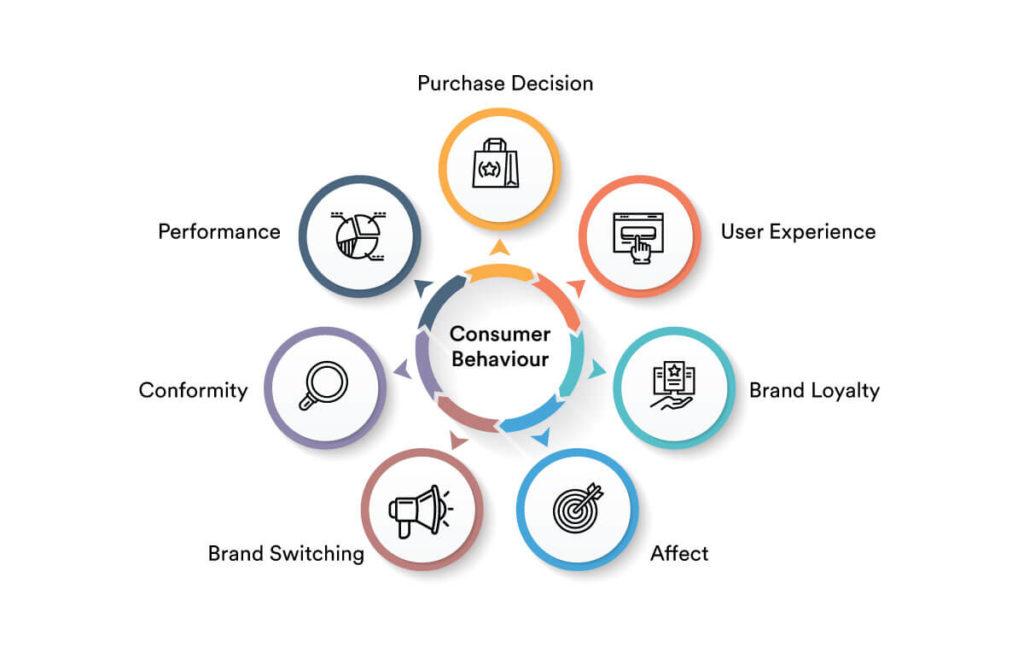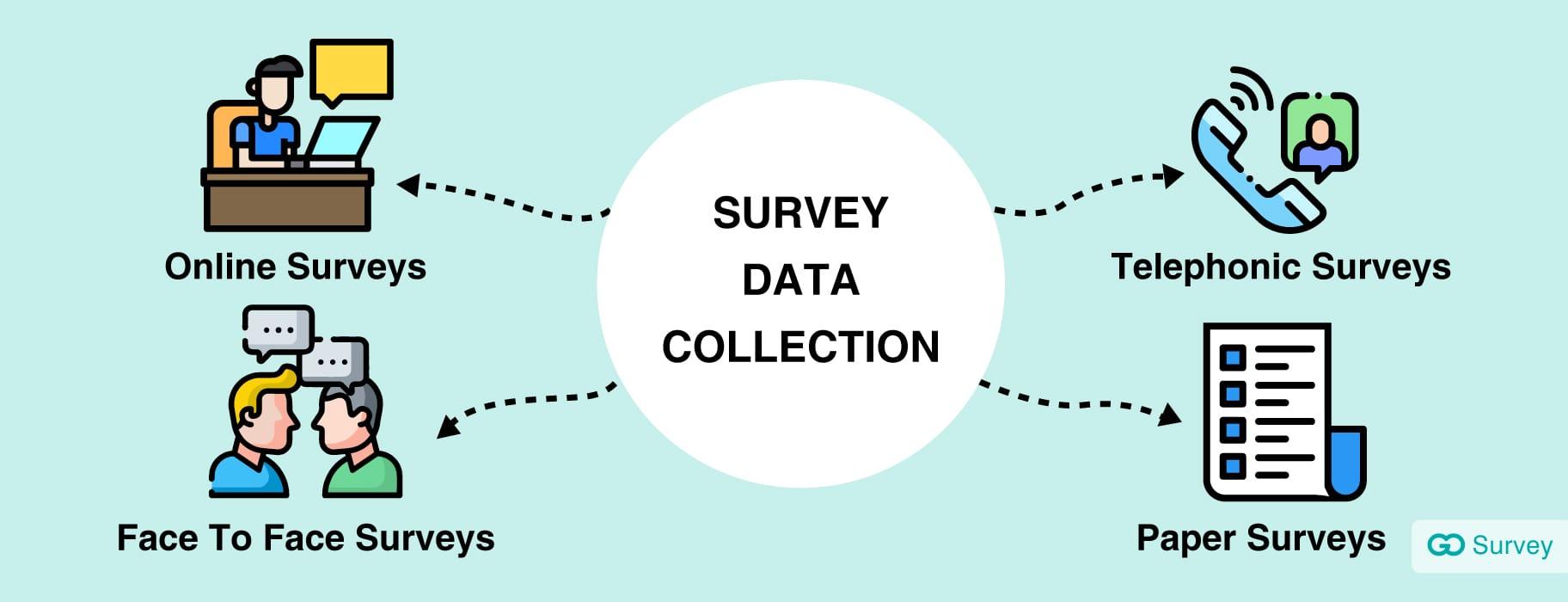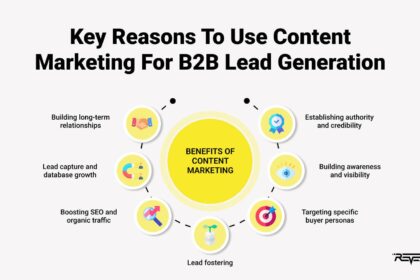Unlocking Insights: The Art and Science of Market Research
In an ever-evolving marketplace, deciphering consumer behavior and preferences can often feel like navigating a labyrinth without a map. Companies today are not just selling products; they are engaging in a complex dialogue with their customers, grappling with their desires, motivations, and shifting trends. This dialogue is where market research steps in—an essential practice that blends art and science to unveil the stories hidden within data, transforming mere numbers into actionable insights. As we embark on this exploration, we will delve into the methodologies, tools, and techniques that define the landscape of market research. From qualitative interviews that capture the essence of human experience to quantitative analysis that unveils patterns in consumer behavior, we will uncover how businesses can harness the power of research to inform strategy, anticipate change, and drive growth. Join us as we unlock the insights that lie at the intersection of creativity and analytics, illuminating the path for brands seeking to resonate in an increasingly competitive world.
Understanding Consumer Behavior through Qualitative Analysis
Delving into the intricacies of consumer behavior requires a multifaceted approach, and qualitative analysis serves as a vital tool in this exploration. By focusing on rich, descriptive data gathered through methods such as interviews and focus groups, researchers can uncover the emotions, motivations, and beliefs that drive purchasing decisions. This depth of understanding allows brands to connect with consumers on a more personal level, paving the way for tailored marketing strategies that resonate. Key techniques in qualitative research include:
- In-depth interviews: Offering personal insights into consumer thoughts.
- Focus groups: Facilitating discussions that reveal shared experiences.
- Participant observation: Allowing researchers to witness real consumer interactions.
Moreover, qualitative analysis aids in identifying trends and patterns that quantitative data alone may overlook. For instance, while numbers might indicate a rise in sales, qualitative insights can reveal the contextual reasons behind this increase. Such nuanced findings can be structured in formats that make them easier to digest for stakeholders. Consider the table below illustrating how qualitative insights can impact marketing strategies:
| Insight Type | Impact on Marketing Strategy |
|---|---|
| Consumer Motivations | Refine messaging to align with emotional triggers |
| Brand Perception | Adjust positioning to enhance value perception |
| Usage Context | Tailor product features to meet specific scenarios |

Harnessing Data Analytics for Quantitative Insights
The integration of data analytics into market research illuminates patterns and trends that might otherwise go unnoticed. By leveraging advanced analytical tools, businesses can sift through vast amounts of data to extract valuable insights that drive strategic decision-making. This process involves methodologies such as:
- Descriptive Analytics: Understanding historical data to identify trends.
- Predictive Analytics: Using historical data to forecast future outcomes.
- Prescriptive Analytics: Recommending actions based on data insights.
With the ability to harness real-time data, companies can not only track performance metrics but also adapt to market shifts swiftly. This robust analysis leads to actionable insights that inform marketing strategies, product development, and customer engagement initiatives. Below is an illustration of the benefits data analytics can provide:
| Benefit | Description |
|---|---|
| Enhanced Decision Making | Data-driven decisions reduce risks and improve outcomes. |
| Customer Insights | Understanding customer behavior leads to more targeted marketing. |
| Operational Efficiency | Identifying inefficiencies streamlines processes and saves costs. |

Crafting Effective Survey Techniques for Deeper Engagement
To enhance response rates and gather meaningful insights, effective survey techniques should be implemented. Consider employing open-ended questions that allow respondents to express their thoughts in their own words, as they can provide richer qualitative data. Additionally, utilizing scales and ranking questions can help gauge preferences and priorities, giving depth to your findings. It’s vital to keep surveys concise; thus, focus on key questions that align with your research objectives. Here are a few strategies to consider:
- Optimize for mobile devices to increase accessibility.
- Incorporate visual elements like images or charts to make questions engaging.
- Pre-test surveys with a small audience to identify potential misunderstandings.
Moreover, timing and context play a crucial role in survey success. Sending surveys shortly after a relevant interaction, such as a recent purchase or event attendance, can lead to more accurate and timely feedback. Analyzing data to understand trends and patterns is equally important. The use of data visualization tools can transform complicated datasets into comprehensible graphs and tables, allowing stakeholders to quickly grasp insights. Consider the following table format for presenting survey results:
| Question | Response Rate (%) |
|---|---|
| How satisfied are you with our product? | 87% |
| Would you recommend us to a friend? | 75% |
| What features do you value the most? | 65% |

Translating Research Findings into Actionable Business Strategies
requires a deep understanding of the data and its implications for the market. To bridge the gap between theory and practice, organizations should focus on the following key steps:
- Identify Core Insights: Sift through the data to pinpoint essential insights that align with business objectives.
- Engage Stakeholders: Involve cross-functional teams early on to ensure that insights are relevant and actionable.
- Develop Prototypes: Create small-scale experiments based on findings to test hypotheses and gather feedback.
- Iterate Strategies: Use agile methodologies to continually refine strategies as new data becomes available.
Implementing these insights requires a systematic approach. Businesses should consider the following framework to cultivate an environment of informed decision-making:
| Phase | Actionable Steps |
|---|---|
| Research & Analysis | Gather data, identify trends, and segment the market. |
| Strategy Formulation | Align findings with business goals and develop clear objectives. |
| Implementation | Execute strategies while ensuring adaptability and scalability. |
| Evaluation | Measure outcomes, analyze performance, and iterate strategies accordingly. |
Insights and Conclusions
As we draw the curtains on our exploration of “Unlocking Insights: The Art and Science of Market Research,” it’s clear that this discipline is a unique tapestry woven from creativity and analytical precision. Market research is not just about numbers and data; it’s about understanding the heartbeat of your audience, the whispers of their desires, and the unspoken trends that shape industries. Just as an artist finds inspiration in the world around them, marketers must cultivate a keen sense of observation—merging intuition with rigorous analysis to uncover deeper truths.
In an ever-evolving landscape, the ability to adapt and refine research methods is paramount. Embracing both traditional techniques and innovative technologies can lead to richer insights that promote better decision-making and foster enduring connections with consumers. As we continue to navigate this intricate dance of data and human behavior, let us remember that the real power of market research lies not just in answers but in the questions that drive us forward.
Ultimately, market research is a bridge, linking businesses to the needs of their customers and guiding them toward a more informed and successful future. So, as you embark on your own journey through the realms of market research, may you uncover insights that not only inform your strategy but also ignite your passion for discovery. The art and science of market research await your exploration—what will you uncover next?



